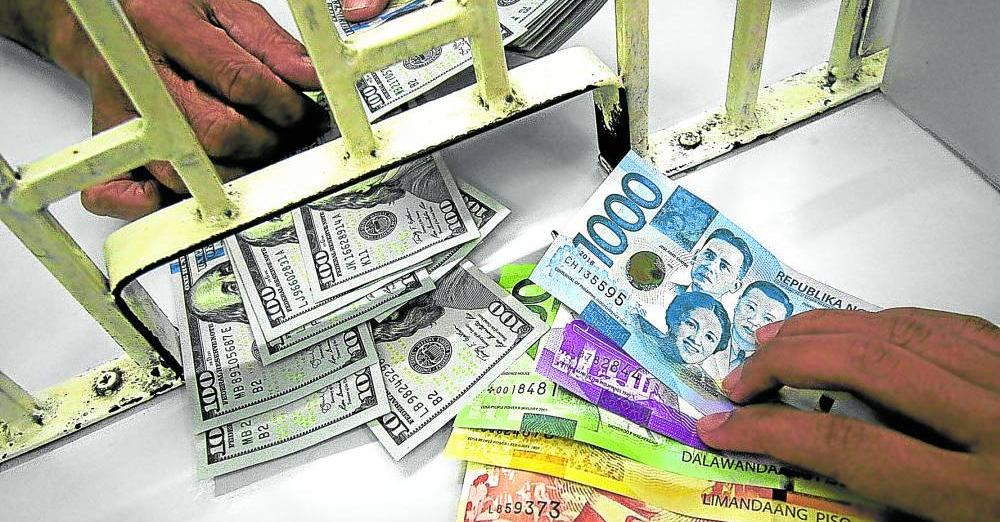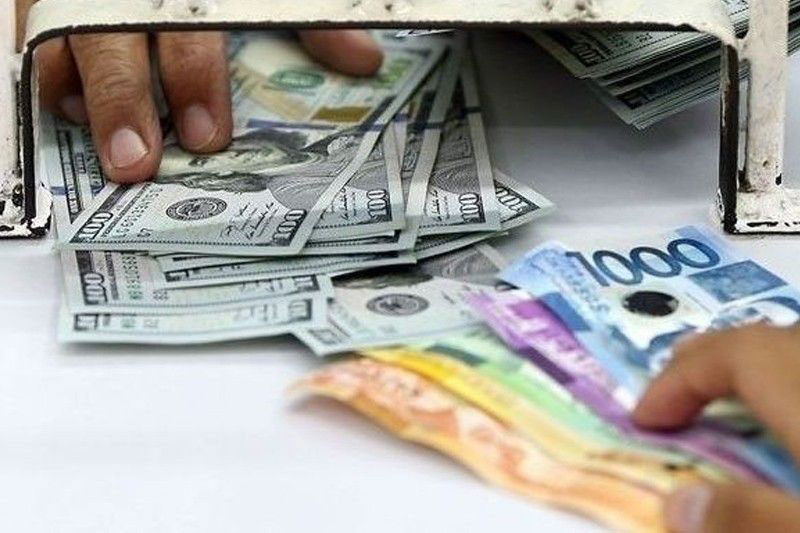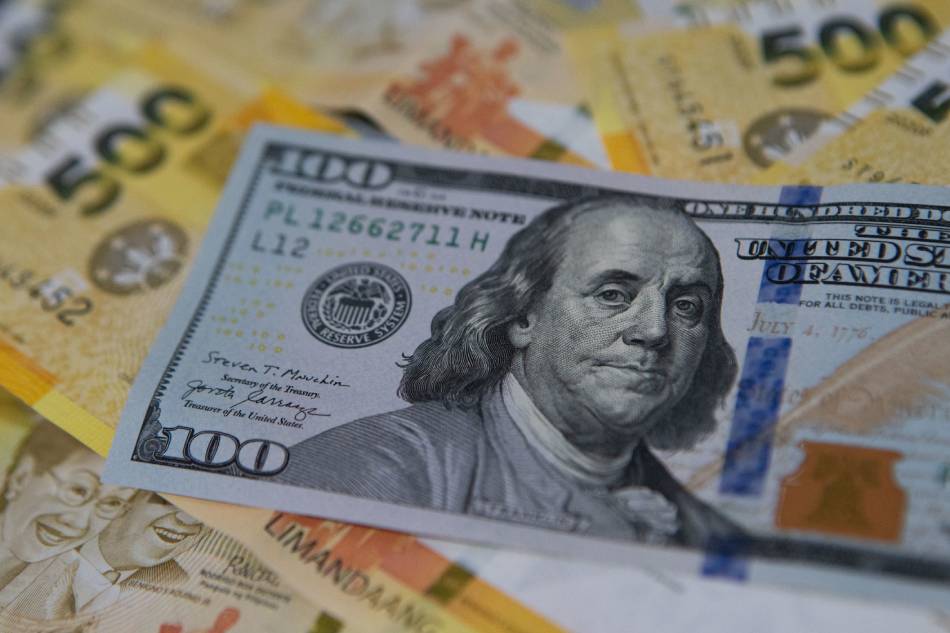Will the Dollar US Peso Surge Continue? Experts Weigh In-In recent months, financial headlines across both the United States and the Philippines have been dominated by one major trend: the rise of the Dollar US Peso exchange rate. Whether you’re an overseas Filipino worker (OFW), a forex trader, or a business owner managing cross-border transactions, this currency movement has likely caught your attention. As the dollar gains momentum and the peso fluctuates in response, many are asking—will the surge continue, or is a correction on the horizon?
Let’s explore what’s fueling the surge, how it impacts everyday life and the broader economy, and what experts are forecasting for the remainder of 2025.
Current Trends in the Dollar US Peso Exchange Rate
The Dollar US Peso exchange rate has been climbing steadily since late 2024. In early 2025, it hit multi-year highs, approaching levels not seen since the global market disruptions of the early 2020s. Analysts attribute this trend to several converging global and regional factors.
A key contributor is the strength of the U.S. dollar itself. Following a series of aggressive interest rate hikes by the Federal Reserve and positive economic data from the U.S., the dollar has become an attractive safe-haven currency once again. This has prompted capital inflows into dollar-denominated assets, increasing demand for the greenback globally—including in the Philippines.
On the other hand, the Philippine peso has faced challenges due to rising import costs, inflationary pressures, and slower-than-expected GDP growth. Together, these dynamics have driven the sharp divergence in the Dollar US Peso pairing.
How the Dollar US Peso Shift Affects OFWs and Remittances

For millions of overseas Filipino workers, the stronger Dollar US Peso rate has brought a silver lining. Each dollar remitted now converts to more pesos, providing extra support for families back home. This uplift in remittance value has also provided a short-term economic cushion, especially amid rising domestic prices.
However, financial planners caution that relying solely on a favorable exchange rate is not a long-term strategy. As global markets remain volatile, any unexpected change in U.S. or Philippine economic policy could shift the rate again. Still, for now, the trend remains beneficial for OFWs, freelancers earning in dollars, and businesses paid in foreign currencies.
Dollar US Peso Outlook According to Currency Analysts
Market watchers remain divided on whether the Dollar US Peso surge will persist through the second half of 2025. According to currency analysts from major financial institutions like HSBC, BPI, and Goldman Sachs, three scenarios could unfold:
- Continued Strength – If U.S. economic performance remains robust and inflation under control, the Federal Reserve may maintain or even increase interest rates, making the dollar more attractive. In this scenario, the peso may weaken further.
- Correction Ahead – If the Bangko Sentral ng Pilipinas (BSP) intervenes through policy tightening or if Philippine economic indicators improve (such as trade balances and tourism recovery), the peso could stabilize or even gain ground.
- Global Volatility Reversal – In the case of a global economic shock or major geopolitical conflict, currencies may fluctuate unpredictably, and safe-haven demand could swing in either direction.
Ultimately, experts agree that the Dollar US Peso movement is being shaped by more than just local factors. It is part of a larger story involving global interest rates, investor sentiment, commodity prices, and geopolitical risks. (Read More: Finance Yahoo Google: Which Platform Leads the Market in 2025?)
Dollar US Peso and Its Impact on Philippine Imports and Exports

The effect of a rising Dollar US Peso rate on trade is a double-edged sword. For exporters in the Philippines, a stronger dollar is generally a good thing. Goods priced in pesos become more affordable for international buyers, potentially boosting demand for products like electronics, garments, and agricultural goods.
Importers, however, face higher costs. Fuel, machinery, and raw materials often purchased in U.S. dollars become more expensive, squeezing margins and increasing consumer prices. This has raised concerns among local manufacturers and import-reliant industries.
Inflation remains a key risk tied to currency depreciation, as higher import prices tend to ripple through the supply chain. Businesses are now closely watching the Dollar US Peso rate when making procurement and pricing decisions.
Consumer Behavior and the Dollar US Peso Surge
The everyday impact of the Dollar US Peso movement can be seen in the choices people are making. Consumers are shifting their spending habits in response to rising costs for imported goods—from smartphones and appliances to gas and groceries.
Travel behavior has also been influenced. Overseas travel to the U.S. has become more expensive for Filipinos, while domestic tourism has seen a relative boost as people opt to stay closer to home. E-commerce purchases from U.S.-based platforms may also decline due to less favorable conversion rates.
On the flip side, freelancers, digital nomads, and remote workers earning in dollars are benefiting from stronger buying power in the Philippines, helping to fuel a growing niche economy of dollar earners spending locally. (Read More: Top 5 Features of the Finance Yahoo App Every Trader Should Know)
Government Response to the Dollar US Peso Surge
The Bangko Sentral ng Pilipinas has acknowledged the challenges posed by the shifting Dollar US Peso rate. So far, its response has included moderate interest rate adjustments and verbal interventions to manage market expectations.
Policymakers are walking a tightrope—raising rates too quickly could stifle domestic growth, but letting the peso slide too far risks worsening inflation. Fiscal strategies are also being reviewed to ensure that public debt servicing, much of it dollar-denominated, remains manageable.
Some experts suggest the BSP could explore broader measures, including market liquidity management, encouraging foreign investment inflows, or collaborating with regional partners for currency stabilization. (Read More: Finance Yahoo Stock: A Beginner’s Guide to Smart Investing Online)
Investment Strategy in the Era of a Strong Dollar US Peso
Investors, both institutional and retail, are recalibrating their portfolios in light of the ongoing Dollar US Peso trends. Foreign investors are looking to Philippine assets with an eye on currency risks, while local investors are diversifying into dollar-denominated investments such as REITs, bonds, and ETFs.
Financial advisors are encouraging clients to maintain a diversified portfolio that can weather currency swings. For example, investing in companies that earn a significant portion of their revenue in dollars can serve as a natural hedge.
Gold, digital assets like Bitcoin, and stable foreign-currency savings are also gaining traction among those looking to preserve value amid the peso’s decline. (Read More: Finance Yahoo S&P 500: What Today’s Market Trends Reveal About Investor Sentiment)
What to Watch Next in the Dollar US Peso Story

The Dollar US Peso rate will remain one of the most-watched metrics in Southeast Asia for the rest of 2025. Several key events could influence its path:
- U.S. Federal Reserve interest rate decisions
- Inflation data in both the U.S. and the Philippines
- Political developments, including elections or trade policy shifts
- Geopolitical tensions in Asia-Pacific or the Middle East
- Remittance inflow trends and tourism recovery
Traders, policymakers, and the general public alike will need to stay agile and informed. While no one can predict the future with complete certainty, being aware of the moving parts behind the Dollar US Peso exchange rate can help people make better decisions—whether they’re sending money home, planning a vacation, or investing for the long term.




